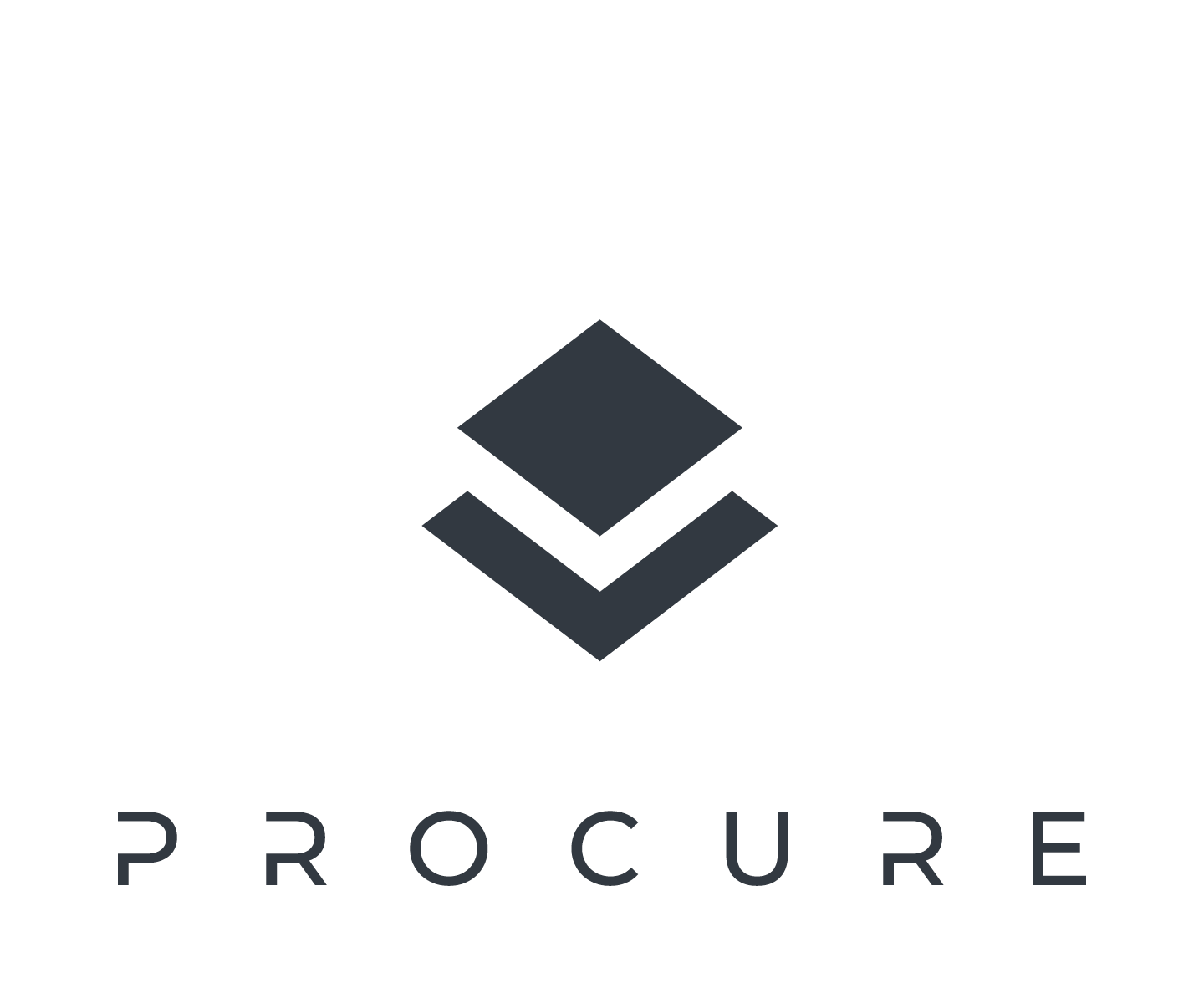Procurement Practices: Strengthening Resilience through Innovative Approaches
The Community of Interest Forum (CoIF) is an important aspect of the PROCURE project that invites a broad range of stakeholders to examine and discuss a variety of healthcare procurement topics, exchange knowledge, and collaborate in a forum of discussion.
The aim is to build healthcare systems' capacity across Europe through innovative procurement practices.
By promoting the involvement of the multiple stakeholders and agencies involved at different levels of the health ecosystem, they will gain a shared understanding of the challenges and opportunities associated with procuring healthcare solutions, improving the whole process.
Thematic Area 1 (TA1)
Procurement Practices focuses on the diversity of the public procurers, engaging participants in sharing how they have been adapting to the challenges of the health care system and related procurement processes. Through ongoing efforts to incorporate contemporary procurement approaches, including Value Based Procurement (VBP), Innovative Procurement, and Health Technology Assessment (HTA), TA1 aims at contributing to strengthen the resilience of European healthcare systems. The RSCN coordinates this TA supporting the participants to exchange experiences and practices to overcome barriers to VBP and IP.
Through the CoIF and related activities, including webinars, workshops and group discussions, stakeholders can engage and learn about the implementation of contemporary procurement options. This collaborative effort is essential to ensuring that healthcare systems in the EU can respond more effectively to emerging needs and to health threats, while continuing to deliver high-quality, patient-centred care.
Capacity Building through Knowledge Exchange
The initial webinar, "Innovative Procurement in Action: Real-World Use Cases," helped to set the stage for thinking about procurement as a facilitator for person-centred healthcare solutions. The first session provided a discussion of real-world use cases that involved the integration of several innovative solutions, and included antimicrobial resistance, patients with dentofacial deformities, and community care for multimorbid older adults. Taken together, the cases highlighted how several technological solutions were needed to provide the functional requirements and datasets needed to address complex health needs.
The second webinar session, "Simulating Implementation: A Hands-On Exercise with Solution Owners," actively engaged stakeholders to participate in exercise simulations for procurement and implementation of integrated system solutions to address one of the previous use cases: antimicrobial resistance (AMR). This hands-on exercise led to greater discussion of the independent challenges that may arise, especially around barriers to procurement and integrating innovative solutions into existing systems in a specific healthcare setting.
The overall takeaway from these sessions was the significant role that the integration of different technologies plays in addressing complex health needs, and how innovative procurement can accelerate their deployment at scale. While VBP models are not fully established or rolled out across Europe at this time, digitalisation of procurement processes is considered a key step for more efficient and future-proof procurement models.
Survey Findings: Taking Procurement Forward
A survey on procurement practices was included in TA1 and uncovered several major trends and challenges that should be addressed to improve procurement strategies.
Awareness of the Use Cases: Many stakeholders do not fully appreciate the end goals of the procurement process or how procured solutions may interface with the service offerings already in place. More inter-professional conversations about procurement objectives would address this gap.
Service Integration: There is limited understanding about how procured services are going to be used by different service providers within existing healthcare systems. Indeed, knowing the service processes facilitates successful implementation.
Procurement Priorities: Quality, price and transaction costs are still the predominant measurement, especially cost efficiencies or savings, but innovation could occur in the procurement model offering value beyond price.
Digitalization and Innovation: Digitalization of the procurement processes is needed to facilitate innovative procurement practices. This evolution in all administrations will greatly facilitate better avenues to some of the top technologies for healthcare professionals and citizens alike.
Budget/Funding Constraints: Financial limitations are generally a considerable driver of decision-making in procurement processes, with many stakeholders indicating consideration of long-term sustainability and complementary purchases is also an essential part of decision-making.
Green and Social Procurement: There is mixed consideration of green and social benefits in procurement, suggesting that while some stakeholders factor these aspects into their decision-making, others may require further guidance on how to integrate these priorities effectively.
Moving Forward: Strengthening the Procurement Framework
The webinars and surveys that were conducted have given a useful understanding of the challenges and opportunities related to innovative and value-based procurement in health care. The evidence generated allowed to better appreciate a broader understanding of service processes, functional alignment with established systems, and clarity about the longer-term aims of procurement.
A new method of procurement will require procurement teams to identify organisational, technological, and educational gaps that might limit a successful process of adopting and implementing new solutions. This importantly builds capacity in health care systems for implementation of innovative procurement methodologies aligned with value-based and patient-centred care models.
The findings of this work will continue to inform PROCURE activities into improving and developing a more resilient, sustainable and efficient health care procurement system in Europe.

